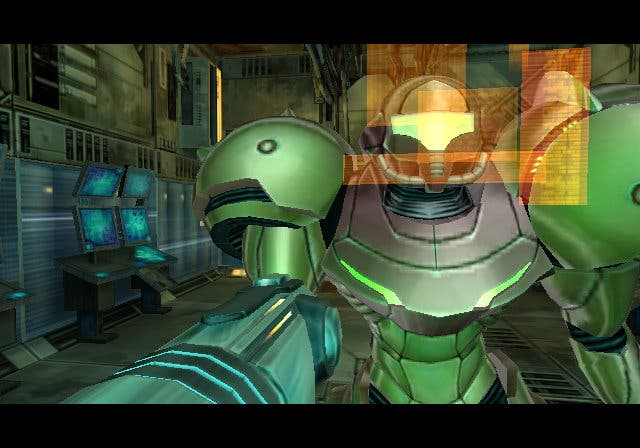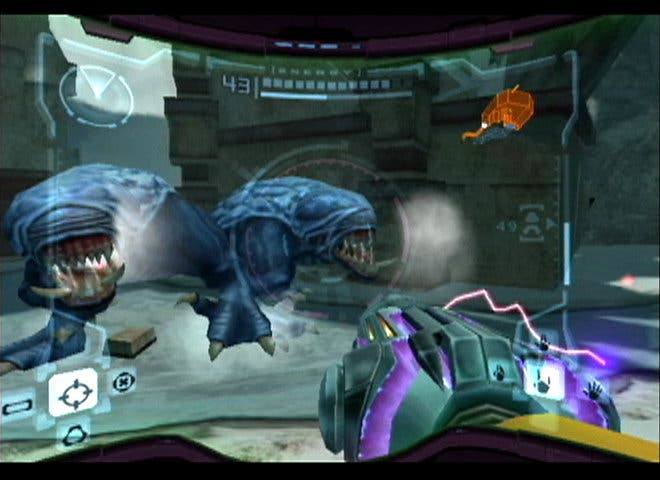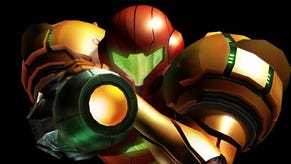Retrospective: Metroid Prime
Bossing us about.
I'm calling a moratorium on boss fights. I've even looked up the word to check what it means, to be sure about that. We need them to be stopped for a while so everyone can gather together and discuss what's going on. I'm not banning them - you can relax. I'm just calling for a hiatus during which some sensible consideration can take place.
My goodness, Metroid Prime is a good game. It's an exquisite game, in fact. A vast, intricate, multilayered world, woven together so expertly that I suspect developers Retro Studios might be nanorobots from the future.
And what an undertaking. Until Metroid Prime in 2002, amazingly there hadn't been a Metroid game for eight years. And this was to be developed by an American studio, rather than in-house by Nintendo. But the reality of how the game came to be developed by this team was not a pleasant one.
Retro, created in 1998, established a co-operation between former Iguana Entertainment (Turok) developers and Nintendo of America. Come 2001 all four games the studio had been working on were scrapped, meaning over a hundred of the team lost their jobs, and the remainder were focused on making a new first-person entry for the Metroid series, the license for which had been bequeathed by Nintendo. And it was not a happy time at all.

That they were able to create such a magnificent game, in the conditions described in N-Sider's definitive article on the time, is perhaps even more impressive than the final result. Allegations of embezzlement and corruption amongst unnamed higher-ups, and increasingly intolerable working conditions for employees, seemed to come to an end when Nintendo gained a controlling interest in the company in 2002 for only $1m and replaced the top management. Not that Nintendo had made the process easy before then, with Miyamoto himself having poured scorn on most of their pre-Metroid work.
But despite all this, the result is so very, very good. Bringing Samus into 3D, and shifting to a first-person perspective was clearly going to mean things weren't going to be quite the same as the series previous 2D side-scrolling releases. And yet it remains remarkably true to the source. The game is still about exploration, the world becoming increasingly accessible the more abilities that are gained and revisiting the same areas with new eyes.
And of course it begins with that oh-so-infuriating way of starting you off with so many of Samus's skills and then robbing them from you. I can never make my mind up how I feel about this; it's at once maddening and brilliant. It causes you to feel handicapped for such a huge stretch of the game, but then liberated when you eventually recover the ability. It's something to lament, but something to aim for. And perhaps most importantly, it gives you an understanding of what you can't do yet, so dead ends are understood as somewhere to return to later.

This is what the game does so incredibly well. Seeing a blocked morph ball passage is a goal to keep in mind, because you know that morph ball bomb is coming soon. Those Spider Ball tracks tease you for so long, before providing both shortcuts and access to new areas when you've persisted long enough. And keeping this all in balance is a remarkable feat. It's not to be underestimated. So let's list every ability and add-on Samus gains over this game:
Weapons: Power Beam, Ice Beam; Wave Beam, Plasma Beam, Phazon Beam; Morph Ball: Boost Ball, Spider Ball, Morph Ball Bomb, Power Bomb; Suits: Power Suit, Varia Suit, Gravity Suit, Phazon Suit; Visors: Combat Visor, Scan Visor, X-Ray Visor, Thermal Visor; Skills: Space Jump Boots, Grapple Beam, Missile Launcher, Charge Beam, Charge Combo.





